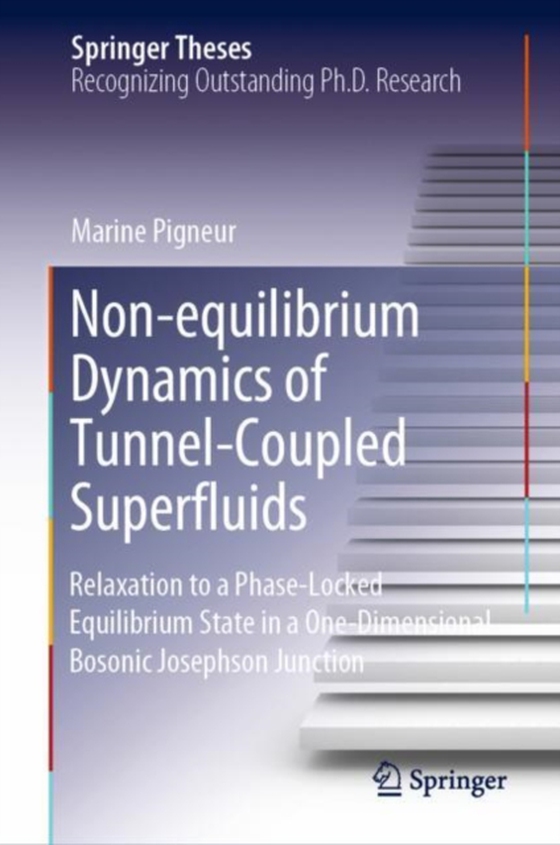
Non-equilibrium Dynamics of Tunnel-Coupled Superfluids e-bog
875,33 DKK
(inkl. moms 1094,16 DKK)
The relaxation of isolated quantum many-body systems is a major unsolved problem of modern physics, which is connected to many fundamental questions. However, realizations of quantum many-body systems which are both well isolated from their environment and accessible to experimental study are scarce. In recent years, the field has experienced rapid progress, partly attributed to ultra-cold atom...
E-bog
875,33 DKK
Forlag
Springer
Udgivet
28 august 2020
Genrer
PHFB
Sprog
English
Format
pdf
Beskyttelse
LCP
ISBN
9783030528447
The relaxation of isolated quantum many-body systems is a major unsolved problem of modern physics, which is connected to many fundamental questions. However, realizations of quantum many-body systems which are both well isolated from their environment and accessible to experimental study are scarce. In recent years, the field has experienced rapid progress, partly attributed to ultra-cold atoms.This book presents the experimental study of a relaxation phenomenon occurring in a one-dimensional bosonic Josephson junction. The system consists of two 1D quasi Bose-Einstein condensates of 87Rb, magnetically trapped on an atom chip. Using radio-frequency dressing, the author deforms a single harmonic trap, in which the atoms are initially condensed, into a double-well potential and realizes a splitting of the wave function. A large spatial separation and a tilt of the double-well enable the preparation of a broad variety of initial states by precisely adjusting the initial population and relative phase of the two wave packets, while preserving the phase coherence. By re-coupling the two wave packets, the author investigates tunneling regimes such as Josephson (plasma) oscillations and macroscopic quantum self-trapping. In both regimes, the tunneling dynamics exhibits a relaxation to a phase-locked equilibrium state contradicting theoretical predictions. The experimental results are supported with an empirical model that allows quantitative discussions according to various experimental parameters. These results illustrate how strongly the non-equilibrium dynamics differ from the equilibrium one, which is well described by thermodynamics and statistical physics.
 Dansk
Dansk

